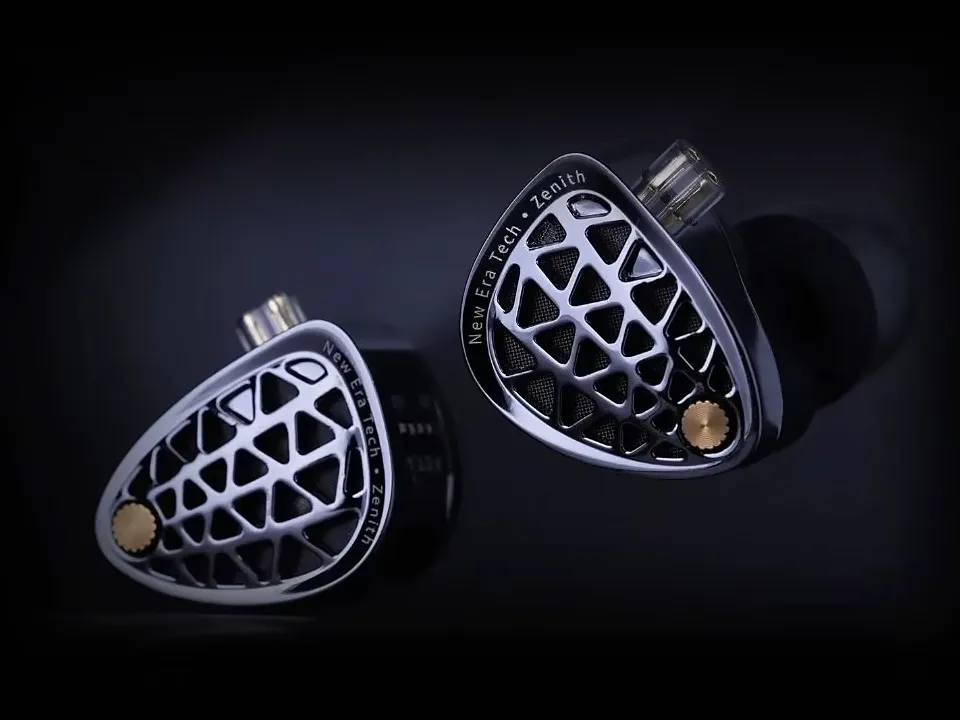Cantorvs.Zenith
Sound & Specs Comparison
Information
Both IEMs are widely regarded in the audiophile community. See how they differ in terms of sub-bass response, upper mids, clarity, and overall tonality. Spider charts and rating breakdowns included.
Objective Comparison
Facts, details, stuff.
| General Info | Cantor | Zenith |
|---|---|---|
| Brand | AFUL | KZ Earphones |
| Country | Taiwan | China |
| IEM Description | The AFUL Cantor combines technical precision with musicality in a hybrid design. Featuring a dynamic driver for powerful bass and multiple balanced armatures for clean mids and sparkly highs, it delivers a spacious soundstage with excellent separation. Tuning leans slightly toward a balanced-bright signature, making it a solid choice for detail lovers who still want some low-end punch. | The KZ Zenith is a budget-friendly in-ear monitor that aims to deliver a fun and energetic sound signature. Designed with casual listeners in mind, it typically features boosted bass and lively treble, making it well-suited for modern genres like pop, EDM, and hip-hop. It’s a straightforward, no-frills option for those looking to upgrade from basic earbuds without breaking the bank. |
| Price Level | 500 – 1.000 | < 100 |
| Housing & Driver | ||
|---|---|---|
| Driver Config | Multi-BA | Single Dyn. Driver |
| Driver Types | Balanced Armature | Dynamic Driver |
| Shell Material | – | – |
| Cable | 4Braid 5N OFC Cable | – |
| Technical | ||
|---|---|---|
| Freq Range | – | – |
| Impedance (Ω) | 20 | – |
| Sensitivity (dB) | 106 | – |
| Crossover | RLC Network Electronic Crossover | – |
| Platform Info | ||
|---|---|---|
| Comments | 2 | 0 |
| Visit Count | 144 | 79 |
| External Reviews | 1 | 0 |
Meta Ratings
// Nothing to compare yet.
Sound Characteristics
Low-frequency extension on Cantor feels overwhelmingly more natural and authoritative, while Zenith lacks some reach (8.5 vs 2). It enhances basslines with overwhelmingly more energy and grip, giving them a livelier feel compared to Zenith (9 vs 4). The bass in It feels overwhelmingly more physical and textured, with improved rumble and body compared to Zenith (8.5 vs 3). It achieves m better warmth and coherence in the lower mids, bringing more realism to guitars and cellos (8.5 vs 6.5). Upper mids are a more resolving and expressive on Zenith, revealing emotion and articulation better than Cantor (8.5 vs 8). Instruments like violins and brass are portrayed with a more brilliance on It, while Cantor sounds slightly dull (8.5 vs 8). It extends a further into the upper treble, adding air and openness that Cantor lacks (8.5 vs 7.5). Cantor creates a b wider soundstage, giving instruments more space and a better sense of placement than Zenith (8 vs 7.5). In complex arrangements, It separates layers a more distinctly, preventing overlap that Zenith occasionally suffers (8.3 vs 6.5). Instruments remain intelligible on It even during busy sections, showing a better handling of masking than Zenith (8 vs 6.5). Notes on It feel a more grounded and weighty, whereas Zenith can sound thin or hollow (7.5 vs 6.5). It hits with overwhelmingly more authority during transients, creating a more explosive effect than Zenith (8.5 vs 3). It controls harsh sibilant peaks overwhelmingly more effectively, making vocals smoother than on Zenith (8.5 vs 2.5). Zenith renders timbres with a better harmonic balance, preserving the character of instruments more accurately than Cantor (9.5 vs 7.5). Across the frequency range, It stays b more consistent in tonal balance, resulting in a smoother listen than Cantor (9.5 vs 8.8). It renders texture d more precisely, making instrument surfaces and vocal grain more palpable than Cantor (9.5 vs 8).
| Cantor | Zenith | |
|---|---|---|
| Sub Bass | 8.5 | 2.0 |
| Bass | 9.0 | 4.0 |
| Bass Feel | 8.5 | 3.0 |
| Lower Mids | 8.5 | 6.5 |
| Upper Mids | 8.0 | 8.5 |
| Lower Treble | 8.0 | 8.5 |
| Upper Treble | 7.5 | 8.5 |
| Sound Stage Width | 8.0 | 7.5 |
| Detail | 8.8 | 8.5 |
| Layering | 8.3 | 6.5 |
| Masking | 8.0 | 6.5 |
| Note Weight | 7.5 | 6.5 |
| Slam | 8.5 | 3.0 |
| Sibilance | 8.5 | 2.5 |
| Timbre Color | 7.5 | 9.5 |
| Tonality | 8.8 | 9.5 |
| Texture | 8.0 | 9.5 |
Tonal Signature
// Nothing to compare yet.

